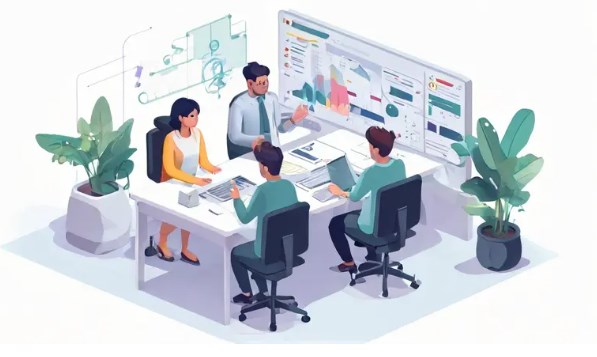为什么选择免费FB帖子采集软件?
对于喜欢收集信息或者做数据分析的朋友来说,免费FB帖子采集软件可是一个宝藏工具。它不仅能帮助我们快速抓取Facebook上的公开帖子内容,还能让我们轻松进行数据整理和分析。想想看,不用手动复制粘贴,也不用担心遗漏重要信息,多省心啊!😊
安装前的准备工作
在开始安装之前,有几件事情需要提前准备。首先,确保你的电脑系统是Windows或Mac,因为大多数这类软件兼容这两种操作系统。其次,你需要下载一款靠谱的免费FB帖子采集软件,比如Octoparse或者ParseHub。这些工具界面友好,功能强大,特别适合新手。
还有一个小提醒:在使用这类软件时,建议先阅读一下Facebook的使用政策,确保自己的操作不会违反平台规则哦!毕竟,合法合规才是长久之计。
安装步骤详解
下载好软件后,接下来就是安装环节啦!别担心,整个过程非常简单。双击下载好的安装包,按照提示一步步点击“下一步”即可完成安装。如果你选择了Octoparse,你会发现它的界面设计得特别直观,即便是技术小白也能轻松上手。
安装完成后,打开软件并注册一个账号。有些软件可能还提供免费试用期,你可以趁这个机会多试试功能,看看是否满足需求。
配置采集任务
现在到了最关键的一步——配置采集任务!这里以抓取Facebook公开群组的帖子为例,来教大家如何设置。
第一步,打开软件并创建一个新的任务。选择“从网页中提取数据”的选项,然后输入你想要抓取的目标页面链接。比如某个公开群组的URL地址。
第二步,让软件自动识别页面结构。通常情况下,软件会智能地检测出帖子标题、发布时间、评论数等关键信息。如果识别不完全,也可以手动调整字段。
第三步,设置采集频率和保存路径。为了避免给目标网站造成负担,建议将采集间隔时间设置为5秒以上。同时,记得选择一个方便查找的文件夹作为数据导出位置。
常见问题与解决方法
在实际使用过程中,难免会遇到一些问题。比如,软件运行到一半突然卡住了,或者采集的数据不完整。别急,这些问题其实都有办法解决。
如果软件卡住,可以尝试重启程序,或者检查网络连接是否稳定。如果采集的数据不完整,可能是页面结构发生了变化,这时需要重新调整字段设置。
另外,有些人可能会担心自己的IP被封禁。针对这种情况,可以选择使用代理服务器,或者降低采集频率,避免触发平台的反爬机制。
高效利用采集数据
采集到的数据该如何利用呢?这完全取决于你的需求!如果你是一名市场分析师,可以通过这些数据了解用户对某个话题的关注度;如果你是内容创作者,可以从中挖掘热门关键词,优化自己的文章。
举个例子,我曾经用免费FB帖子采集软件抓取了一个旅行群组的帖子,结果发现大家都在讨论日本的樱花季。于是,我顺势写了一篇关于赏樱攻略的文章,没想到反响特别好!🌸
总结与展望
,免费FB帖子采集软件是一款非常实用的工具,无论是学习还是工作都能派上大用场。虽然初次使用可能会有点复杂,但只要耐心摸索,很快就能掌握其中的窍门。
未来,随着技术的发展,相信这类工具会变得更加智能化和人性化。说不定哪天,它们还能帮我们实现更多意想不到的功能呢!所以,不妨从现在开始行动起来吧,探索属于你的数据世界!🚀





